What is Sustainable Carbon? Understanding the Key to a Greener Future.
As the world becomes more focused on addressing climate change and reducing environmental impact, the term "sustainable carbon" is increasingly gaining attention.
Read More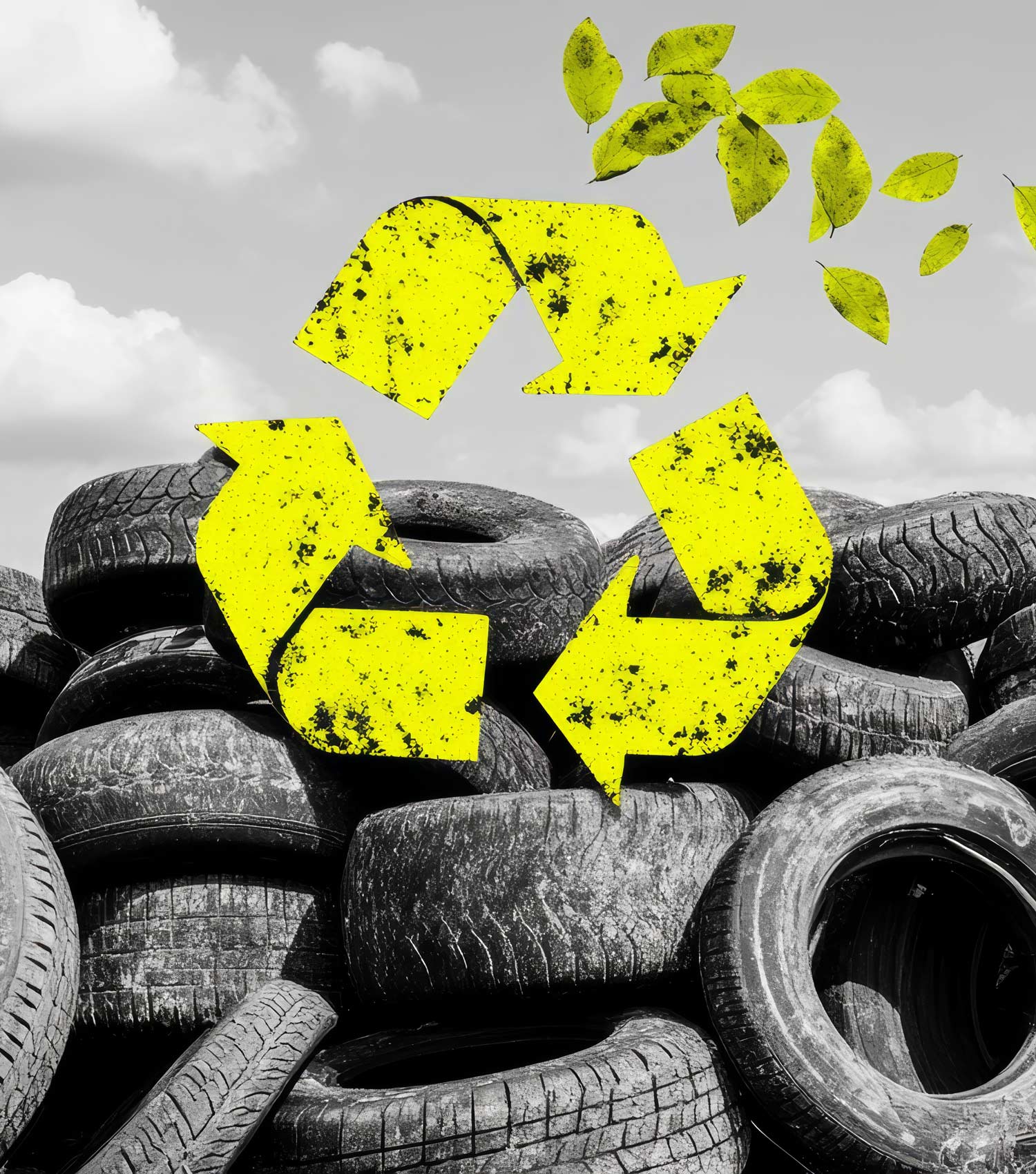
RichTech Green Energy is committed to shaping a sustainable future through innovative technology.
A Continuous Pyrolysis Oil Plant is a facility that uses a continuous process to converts
old and used rubber tires, transforming them into
valuable by-products such as into valuable products like pyrolysis oil, Char and further into Recovered
Carbon Black. This process helps in waste management by recycling materials that would otherwise end up in
landfills and can reduce environmental impact by producing renewable energy.
This eco-friendly technology helps reduce waste, minimise landfill use, and support a circular economy by
turning discarded tires into useful resources.
With an impressive
production capacity of 150 TPD (Tonnes Per Day)
of premium-quality pyrolysis oil and 50 TPD of
refined recovered carbon black, we are
redefining renewable energy and material
production, setting new standards in sustainable
industrial innovation.
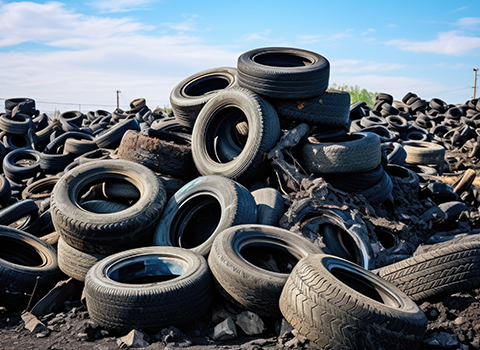

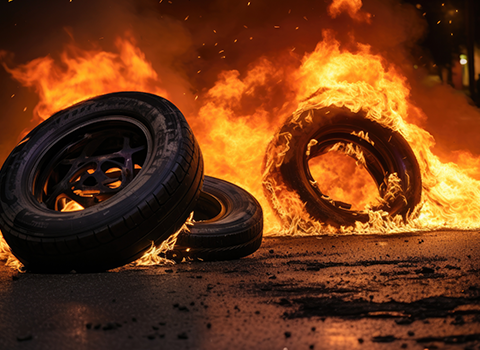

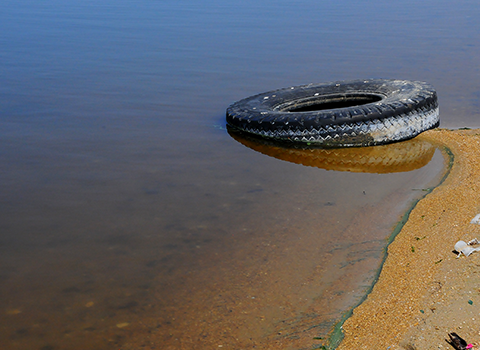

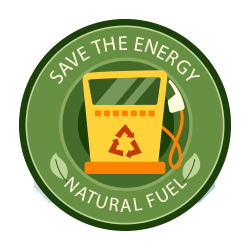
Tire Pyrolysis Oil (TPO) offers a sustainable alternative to traditional fossil fuels like natural gas, coal, and crude oil, with vital applications in industries such as cement production, power generation, and industrial heating. By using TPO, industries can significantly reduce carbon emissions, adopt eco-friendly practices, and enhance energy efficiency. Our Continuous Pyrolysis Oil Plant produces 150 TPD of premium-quality pyrolysis oil, setting new benchmarks in renewable energy. The plant converts used rubber tires into valuable by-products like pyrolysis oil, char, and carbon black, promoting waste management while generating cleaner, renewable energy for a more sustainable future.

Another key byproduct of the pyrolysis process is carbon black, which plays a vital role in rubber production, coatings, and specialty products. By repurposing this material, industries contribute to a circular economy, turning waste into valuable resources. This not only reduces industrial waste but also supports sustainability by minimizing the need for virgin materials. Carbon black's use in manufacturing processes enhances the eco-efficiency of production, making it an integral part of environmentally friendly, resource-efficient practices. By promoting the recycling of materials, it helps create valuable products while minimizing the environmental footprint of industrial activities.
Our oil and carbon products are ISCC-approved, meeting the strict sustainability and environmental standards set by the International Sustainability and Carbon Certification (ISCC).
This certification ensures that our products are produced responsibly, reducing environmental impact and supporting global efforts toward sustainability.
By choosing ISCC-approved materials, we are committed to providing high-quality products while promoting sustainable practices.

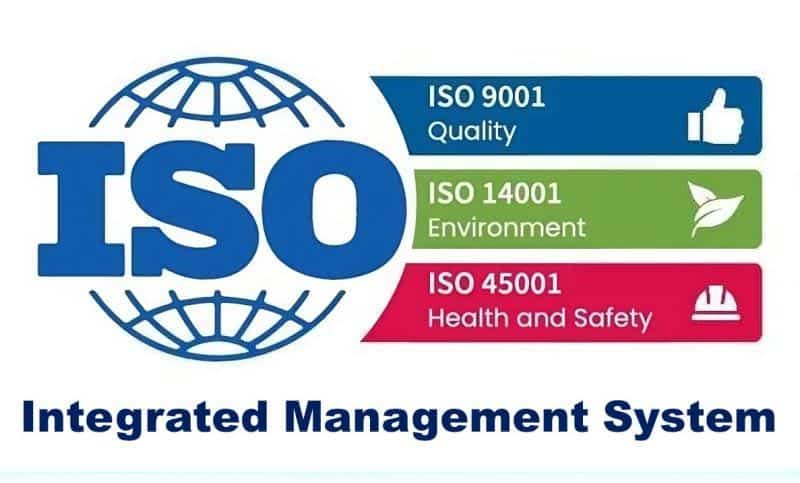
RichTech Green Energy is committed to excellence in quality, environmental sustainability, health, and
safety through our QEHSMS. We adhere to ISO 9001, ISO 14001, and ISO 45001 standards, ensuring
compliance with global best practices. Our focus includes producing high-quality Tire Pyrolysis Oil
(TPO) and Recovered Carbon Black (rCB), minimizing environmental impact, and maintaining workplace
safety.
We prioritize customer satisfaction, risk management, employee training, and
continuous improvement. Regular audits, compliance checks, and sustainability initiatives drive our
commitment to responsible operations.
Through innovation and efficiency, we contribute to a
cleaner, greener future while upholding industry-leading standards in quality and safety.
Copyright © 2025 RichTech Green Energy. All rights reserved.